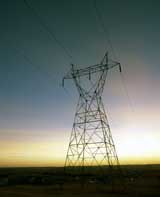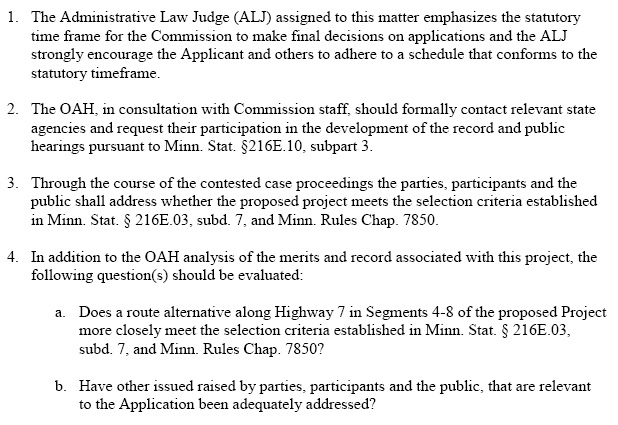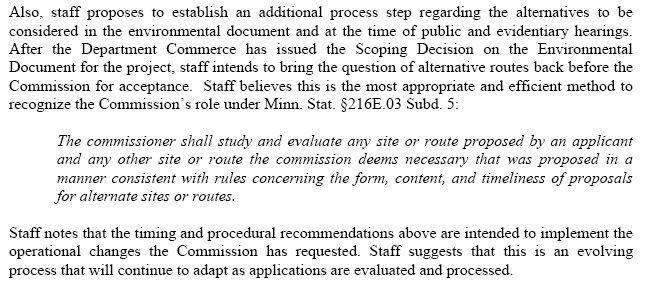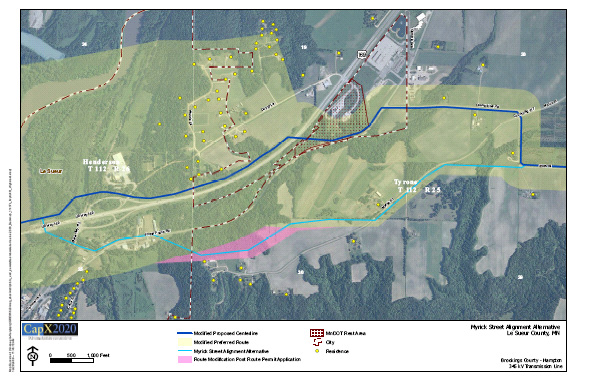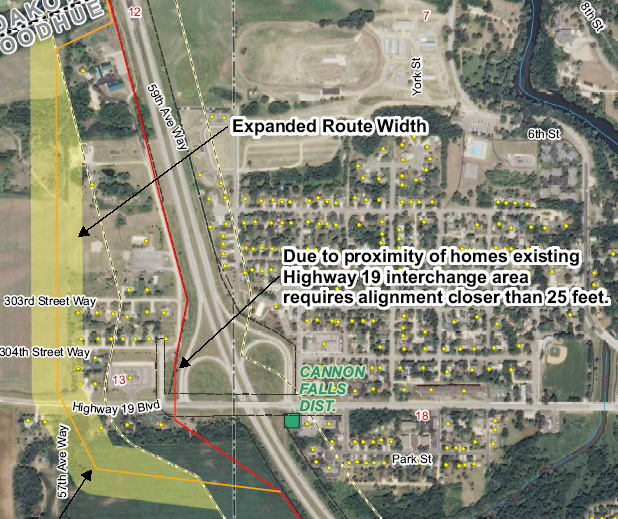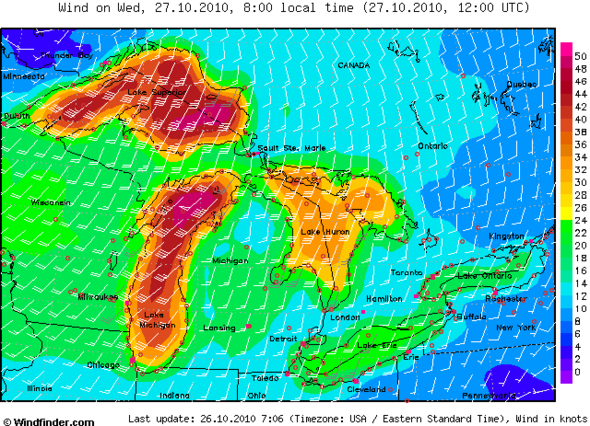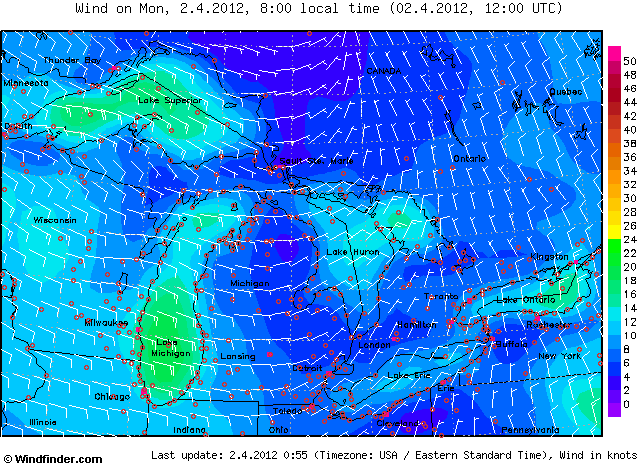DOE’s Preliminary Findings 2012 Congestion Report
August 7th, 2012
The DOE is hosting webinars on its 2012 transmission congestion study:
The study isn’t released out, even a draft, and the powerpoint isn’t available yet online. GRRRRRRRR, we need that to have an idea what’s going on… oh, that’s probably why it isn’t there. Soon, I’ll post it when it appears.
The first webinar was today, just over, and there are two more — just click on linked date to register:
- Thursday, August 16, 2012 2-3:30 pm ET (industry and others)
- Tuesday, August 21, 2012 2-3:30 pm ET (state focus)
What I’m seeing here from the powerpoint is that congestion is a non-issue. And what is very clear from the congestion maps for 2009-2011 is that in 2009 there was essentially NO congestion, and it got worse in 2010, and then not so bad in 2011 but still far more than in 2009. In essence, apparently what they’re doing has made it worse.
They did ask my question, based on the above observation of the 2009, 2010 and 2011 maps, and asked what the explanation was for absence of congestion in 2009:
A: He said that the relatively low level of economic activity was certainly a factor. Temperatures were more severe in 2010 so that was a factor. Yes, congestion, in terms of these three graphics, congestion is worse in 2010 than in the other two years, that is generally in the context of a generally declining pattern over a couple of years we’ve been looking at. Don’t want anyone to get the impression that …. So part of this is that this is a function of scaling also? Yes…
Uh-huh… right…
And then from slide 22, Preliminary Regional Findings: Midwest:
- Data indicate on significant, persistent constraints, apart from those related to the development of remote renewable resources
- Data do not indicate any areas with major reliability problems
- The economic congestion that is occurring is small in relation to the total cost of wholesale electricity traded in organized spot markets.
- Inconsistent market designs and practices between RTOS — as distinct from lack of transmission capacity — are a significant impediment to economically beneficial electricity trade.
But hey, we knew that!
Here are the prior “studies” from DOE:
And remember, the purpose of this is, in THEIR words, from THEIR site:
DOE’s Congestion Studies may contribute information needed to support the future designation of one or more National Interest Electric Transmission Corridors (National Corridors). On the basis of a congestion study, and after reviewing and considering public comments, the Secretary of Energy is authorized but not required to designate related geographic areas as National Corridors. Designation of a National Corridor has two effects: 1) it emphasizes that the Department considers the particular congestion problem to which the corridor pertains to be sufficiently acute to merit federal concern; and 2) it enables the Federal Energy Regulatory Commission to exercise “backstop” authority (under conditions specified in the Federal Power Act) to approve the siting of transmission facilities within the area of the corridor. In particular, the Commission may exercise its jurisdiction if a state agency has “withheld approval” for more than one year of an application to site a transmission facility within the corridor.
But wait, even they admitted in today’s Webinar that the courts have invalidated the designation of National Interest Electric Transmission Corridors both generally and specifically:
So we’re doing this … why???
It’s all about market, it has nothing to do with electric reliability, and billions are being spent to address a problem that does not exist and which is illegal to implement. WRONG? Prove it, please…
Rulemaking on OAH Process & Procedure
July 22nd, 2012
Well, folks, here we go, just got notice TODAY from Judge Lipman of the rulemaking at Office Administrative Hearings. Send Comments to:
Honorable Eric L. Lipman, Assistant Chief ALJ
St. Paul, Minnesota 55164-0620,
Electronic Mail: eric.lipman@state.mn.us
Here’s the “purpose” according to OAH (listed in numbers, not letters):
The purpose of these draft revisions to Parts 1400 and 1405 is to:
- streamline hearing procedures across different types of administrative proceedings;
- leverage the broader familiarity with contested case procedures to improve predictability in the hearing process for other types of cases;
- better reflect contemporary hearing practice and the technological changes occurring since September of 2001 (when the last revision of OAH’s procedural rules was completed); and
- improve predictability in the hearing process by more closely aligning OAH’s procedures with the General Rules of Practice of the District Courts.
I have a vested interest in this because I’d filed a Rulemaking Petition ages ago:
That was March, 2011, IT TOOK A YEAR AND A HALF!
Here are a few things I hope you’ll look at — the parts cited with a page number are from the OAH Rulemaking Draft Changes:
- Draft Changes, p. 2, definitions of Participant and Person – narrowing definition of person:
As proposed, on p. 4:
20 Subp. 6a. Participant. “Participant” means a nonparty who:
21
22 A. files comments or makes a formal appearance in a
23 proceeding authorized by the Minnesota Public Utilities
24 Commission, other than those commission proceedings that
25 are conducted to receive general public comments; or,
26
27 B. with the approval of judge, offers testimony or
28 evidence pursuant to part 1400.7150 or 1400.8605.37 Subp. 8. Person. “Person” means any individual, business,
38 nonprofit association or society, or governmental entity.
As found in the PUC’s Rules, Minn. R. 7829.0100, Subp. 13 and 15:
Another in a trend of limiting participation by the public, QUESTIONING WITNESSES IS OUT – SAY WHAT???? See Draft Changes, p. 14-15 (see also p. 59-60):
45 Subp. 5. Participation by public. The judge may, in the
46 absence of a petition to intervene, nevertheless hear the1 testimony and receive exhibits from any person at the
2 hearing, or allow a person to note that person’s appearance,
3 or allow a person to question witnesses, but no person shall
4 become, or be deemed to have become, a party by reason
5 of such participation. Persons offering testimony or exhibits
6 may be questioned by parties to the proceeding.
Where then PUC’s rules provide for much more — check out current Minn. R. 1405.0800, which they want to just ELIMINATE! It starts here:
Here’s one of the really limiting changes that is NOT OK:
20 1405.0800 PUBLIC PARTICIPATION.
21
22 At all public hearings conducted in proceedings pursuant to
23 an order of the Commission parts 1405.0200 to 1405.2800,
24 all persons will be allowed and encouraged to participate
25 without the necessity of intervening as parties. Such
26 participation shall include, but not be limited to:
27
28 A. offering testimony or other material at the public
29 hearing;
30
31 B. questioning any agency official or agent of an
32 applicant who participates in the public hearing; or,
33
34 C. offering testimony or other material within the
35 designated comment period.
36
37 A Offering direct testimony with or without benefit of oath or
38 affirmation and without the necessity of prefiling as required
39 by part 1405.1900.
40
41 B. O offering direct testimony or other material in written
42 form at the public hearing or within the designated comment
43 period following the hearing. However, testimony which is
44 offered without benefit of oath or affirmation, or written
45 testimony which is not subject to cross-examination, shall be1 given such weight as the administrative law judge deems
2 appropriate.
3
4 C. Questioning all persons testifying. Any person who
5 wishes to cross-examine a witness but who does not want to
6 ask questions orally, may submit questions in writing to the
7 administrative law judge, who will then ask the questions of
8 the witness. Questions may be submitted before or during
9 the hearings.
Comments are due by 4:30 p.m. on Wednesday, October 31, 2012. Guess they’re in no hurry here!
From the notice:
Another odd thing from the notice, as this is a PRE-Rulemaking Comment Period:
PUC is starting to correct problems!
May 8th, 2012
Longstanding problems at the Public Utilities Commission, no need to look further than the Power Plant Siting Act Annual Hearing dockets to get the specifics:
And it seems the PUC is now trying to get a handle on it! In a transmission docket, where Xcel requested “alternative review” which is short, 6 months, with only cursory environmental review (see Minn. Stat. 216E.04, subd.2(3)).
The main recommendations of the Staff Briefing Papers are these doozies:
But wait… there’s more!
In light of the way Xcel has been inserting new routes at the tail end of the process, and noting that Commerce has been allowing that despite objections from parties and landowners alike, that paragraph just makes my day! Look at the “Myrick Route” in the CapX Brookings-Hampton route docket, added during the evidentiary hearing after all but the New Prague “blizzard make-up” hearings were held?
That trick was repeated in the CapX Hampton-LaCrosse route docket, where a route was added near Cannon Falls when, as Applicants admit, their Preferred route was not feasible, so at the last minute, the day before the public hearings were to begin, or the day of, depending on which document you’re referencing, they sent notice to landowners that they may be affected, and called them too! This came out at the Cannon Falls hearing, at which point I quickly filed a Motion to extend the deadline to intervene for the people who didn’t get notice until then, oh well, that went over like a lead balloon… Here’s the route they proposed:
So we’ll see what these changes really mean…
Obama Admin and Great Lakes Wind
April 2nd, 2012
Note this is an old map – I pulled it up at the Windfinder site and this is what it looks like today:
Anyway, the news from Friday is that the Obama Administration and some, but NOT all, of the Great Lakes States signed a Memorandum of Understanding, oh, also many federal agencies, like U.S. Fish & Wildlife.
I think this is an important step. Lake Superior is too deep, but Lake Michigan and Lake Erie are the ones I’ve heard most often discussed as having high potential, and what’s particularly good about it is that they’re right near load centers. Offshore would remove the “too close to neighbors” health concerns that are a significant issue. But as with the Delaware Bluewater project, the environmental work needs to be done, and I hope it’s done more thoroughly than for on-shore wind. What are infrasound impacts on marine life? I’d asked Rick James, I.N.C.E., about this when he was here a couple years ago, and he hadn’t heard of any research on this point. Hmmmmmm… big gap.
So there’s a start… An interesting one is “The effects of human-generated sound on fish” which among other thing notes that it’s been suggested that birds use infrasound for migration, the waves bouncing of geological features!
Anyway, here’s the Memorandum of Understanding:
Great Lakes Offshore Wind Energy Consortium Memorandum of Understanding
And the Press Release:
Note that Wisconsin did NOT sign, which is consistent with WPPI’s testimony in the CapX 2020 Hampton-Rochester-LaCrosse docket that they want to get their RPS wind from outside WI, despite the fact that the model assumptions include an estimated 103,757 MW of wind generation potential at or above 30% capacity and 20,741 MW at or above 35% capacity, not including any Lake Michigan development. Despite this potential in Wisconsin, his testimony was that he had his heart set on getting their RPS from west of Wisconsin! His own Burns & McDonnell study, Exhibit 2, said:
If our understanding of current transmission planning results is correct, it is generally more expensive (than this breakeven indication) to build additional power transfer capability over such a long distance. There may be other reasons that could justify such a build0out, but capacity factor differential alone does not.
Well DUH!
Here’s his testimony and Exhibits, worth a look:
Noeldner WPPI Direct Testimony
Noeldner – Exhibit 2 – Wind Economics Study & Model Produced for WPPI Energy
Noeldner – Exhibit 3 – Wind Assessment Model Results (see fn. 6)
PIELC in Eugene, Oregon
March 3rd, 2012
It’s been so long since I’ve been on the road that I forgot where Jubitz is! Oh, that is a sorry state of affairs…
Eugene, Oregon
Public Interest and Environmental Law Conference
Before our Transmission panel today was Alan Mitchell, Fredrickson & Byron, and Shruti Suresh, Meyer Glitzenstein & Crystal, all about wind projects and birds!
There’s more going on tomorrow, but I’ve got to get back, and head out the other way to Madison.
